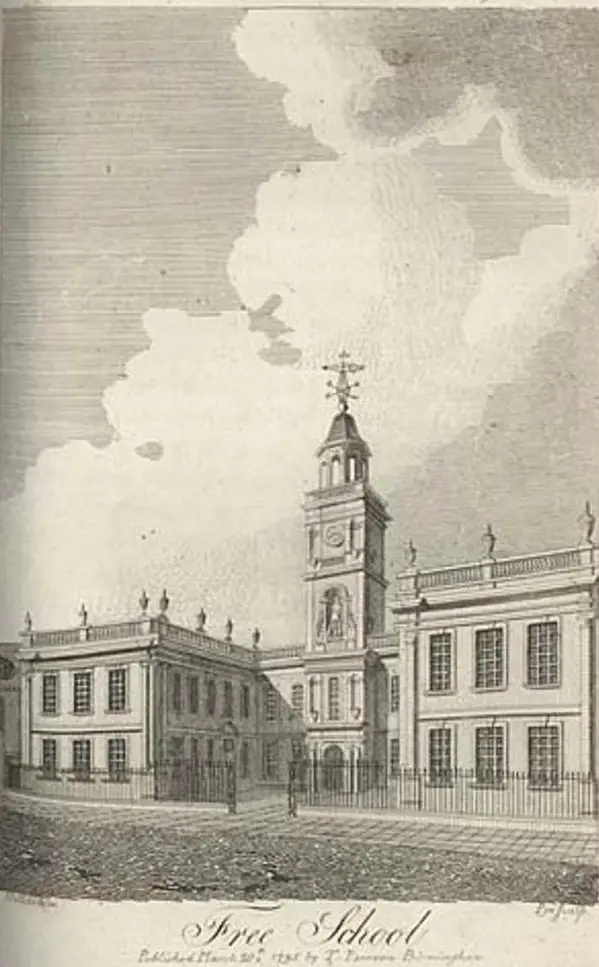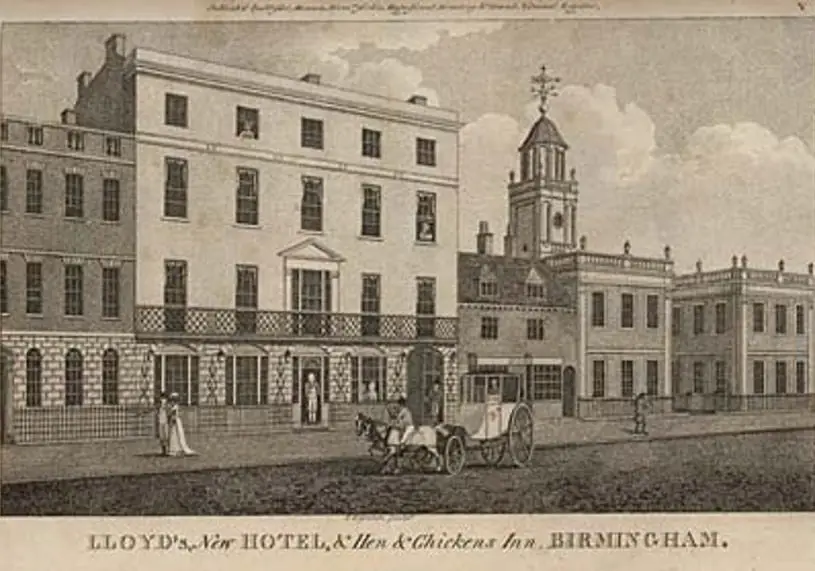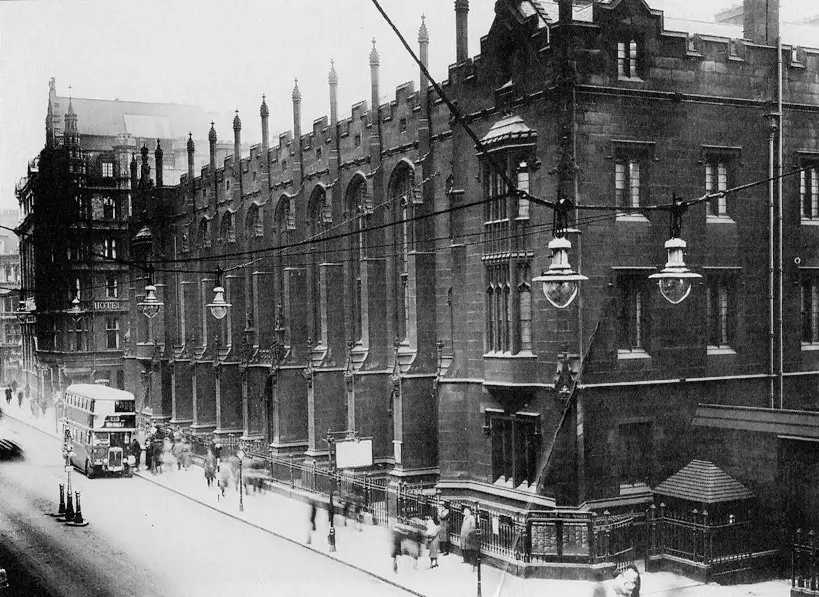I found an old photo of Stephenson Street (off Stephenson Place) on D J Norton's site, taken by Leonard Stace
https://www.photobydjnorton.com/PhotosByLeonardStace.html
It shows the Queen's Hotel on the right hand side with a lot of cars parked outside...two or three Zephyrs are visible and a Rolls Royce. I remember some of the shops from later years when I worked at New Street Station. Thorton's Chocolate Cabin and a Freeman, Hardy & Willis shoe shop that I window shopped in many times.
In Stephenson Place on Leonard Stace's photo there is an M&B pub called
The Exchange. It is, of course, in The Exchange Building. I bet it was well used since there were some small convention type facilities in the Exchange Building and reps would come by train to these exhibitions of merchandise, etc. and more than likely met up in the pub. Curious as I was ,I remember walking into one of these events in my school uniform and had a look around. No one paid the slightest attention to me.
I don't remember a restaurant in Stephenson Place but as you say there
must have been one. I can imagine the menu being very limited back then.
Do you think the Exchange pub had a restaurant next to it or even in it Chris?
The story about the Slide Rule and Machinery Book is great. 88/- was a huge amount to pay for a book in those days Rupert. You certainly have had your money's worth out of it as you still have the book today.
There must be millions of slide rules gathering dust all over the world these days. We have a small morgue of graphic designer's "antique" tools in our house. Pencil sharpeners, ruby lith cutout knives, drafting and light tables, etc The PMT camera went to the dump years ago. Designing in 3D is where it's at now it seems and for any client anywhere also via computer.
Re. the traffic on New Street. It seems as the years went by into the late l950's and early 60's the traffic was horrendous on New Street and Corporation Street. Removing the traffic from New Street made sense to me, however, as you say Rupert it has changed the area a lot.









